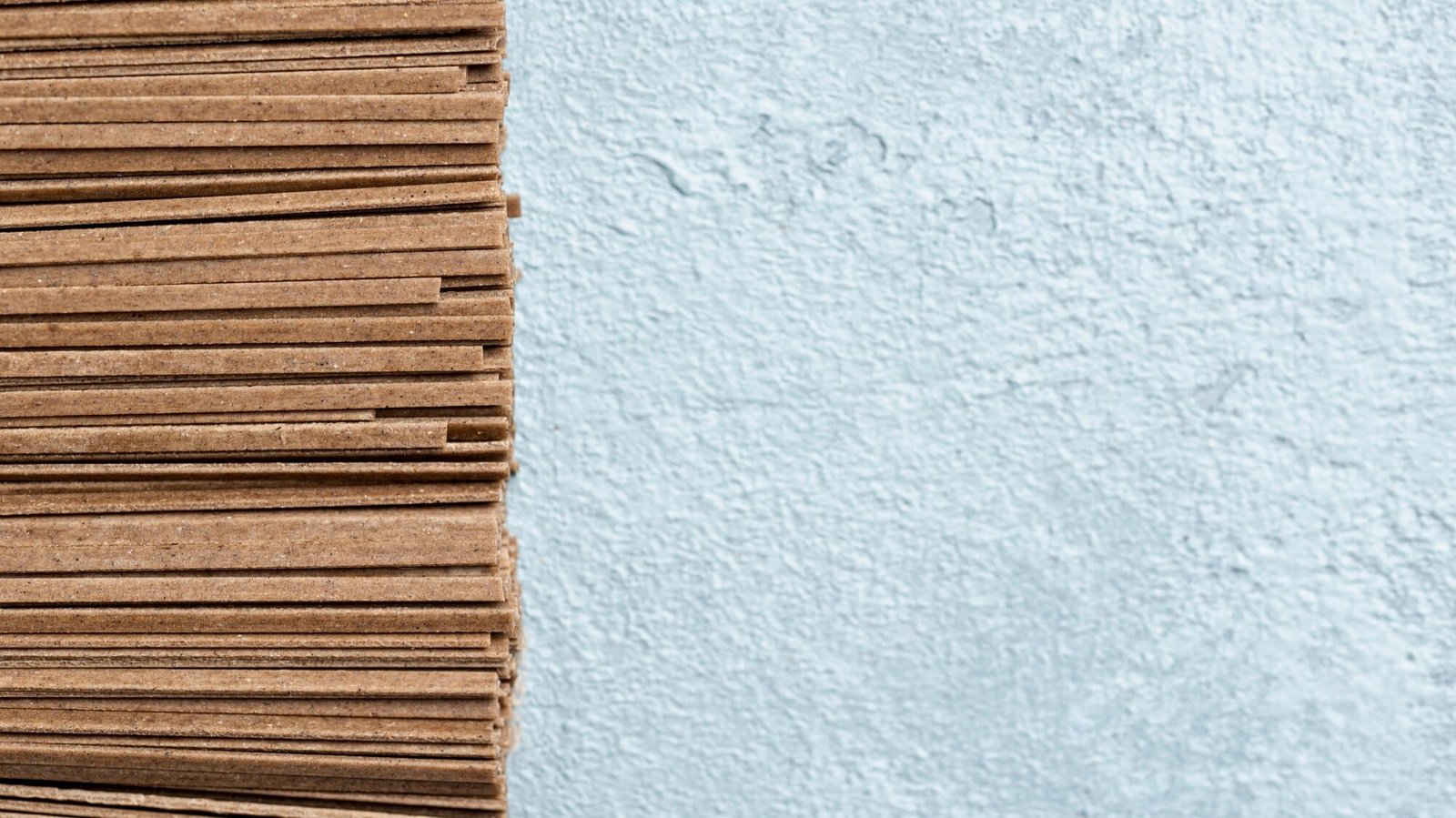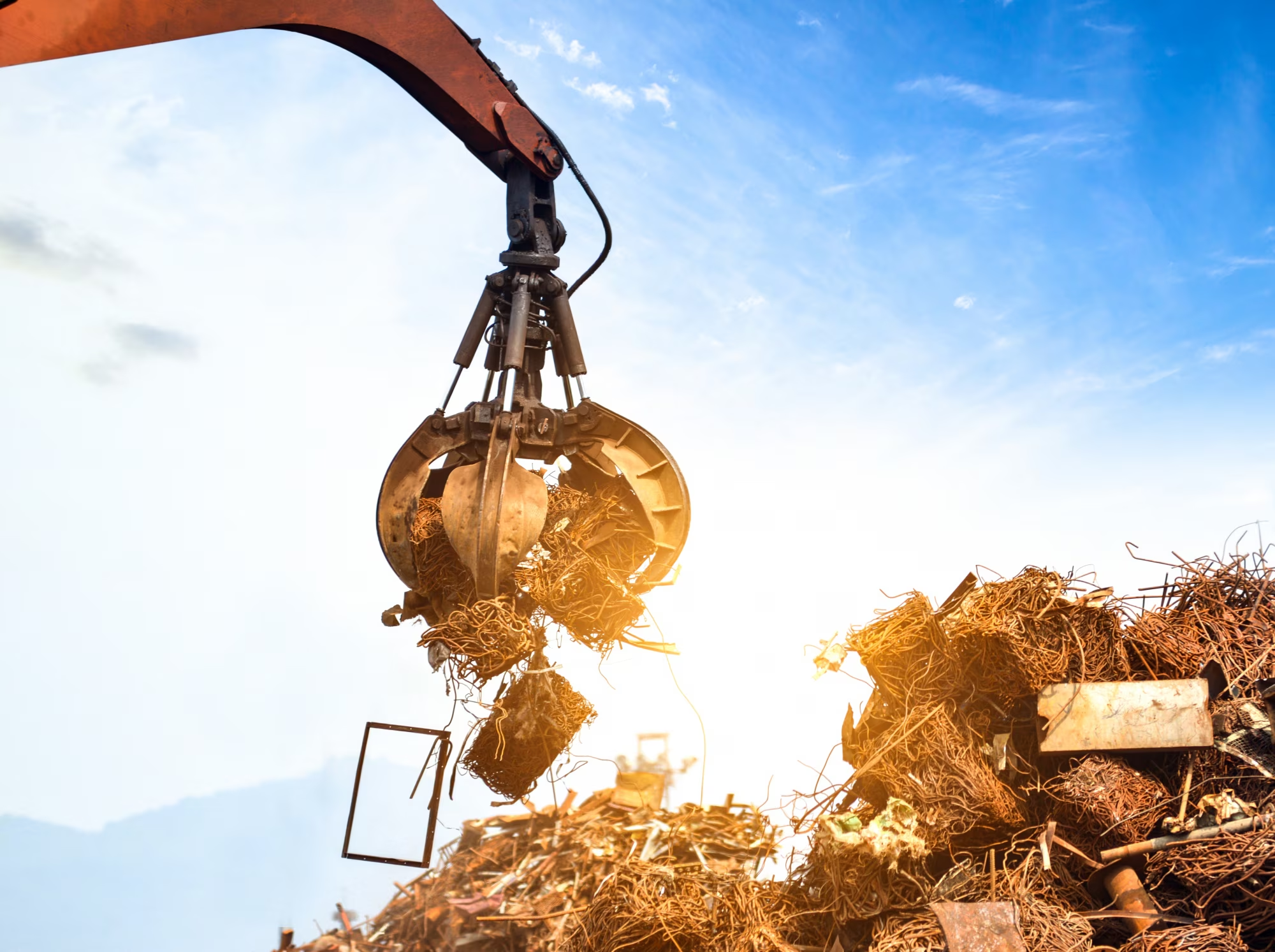When it comes to building energy-efficient structures, insulation is one of the most crucial factors to consider. Choosing the right insulation materials for different climates ensures optimal indoor comfort, reduces energy consumption, and enhances a building’s durability. Whether constructing homes, offices, or industrial buildings, selecting the right insulation material can significantly impact heating and cooling efficiency.
At VMC Group, we understand the importance of high-performance insulation in various climate conditions. That’s why we use top-quality insulation materials tailored to different environmental needs, ensuring our projects deliver the best energy efficiency and comfort. In this article, we’ll explore the best insulation options for different climate zones and how they contribute to sustainable, high-performance buildings.
Why Insulation Matters in Different Climates
Insulation acts as a barrier to heat flow, keeping buildings warm in winter and cool in summer. The effectiveness of insulation depends on its R-value, which measures its resistance to heat flow. The higher the R-value, the better the insulation’s thermal performance. However, not all insulation materials perform the same way in every climate. Factors like humidity, temperature fluctuations, and seasonal extremes play a crucial role in determining the most suitable insulation.
Understanding Climate Zones and Insulation Needs
The U.S. and many other countries classify regions into different climate zones, each requiring specific insulation strategies. The main climate categories include:
- Cold Climates – Require insulation with high R-values to retain heat and prevent energy loss.
- Hot Climates – Need insulation that minimizes heat gain and allows buildings to stay cool.
- Mixed Climates – Require insulation that balances heat retention in winter and heat resistance in summer.
- Humid Climates – Need insulation that prevents moisture buildup and mold growth.
Best Insulation Materials for Cold Climates
In regions with long, harsh winters and freezing temperatures, insulation should provide excellent thermal resistance and prevent heat loss. Here are some top choices:
1. Spray Foam Insulation
Best for: Extreme cold temperatures
Spray foam insulation provides an airtight seal, preventing drafts and cold air infiltration. It has one of the highest R-values per inch, making it ideal for cold climates. Closed-cell spray foam is particularly effective in preventing moisture issues and enhancing structural integrity.
2. Fiberglass Batt Insulation
Best for: Residential homes in cold regions
Fiberglass insulation is a cost-effective and widely used option. It provides good thermal resistance and is easy to install in walls, attics, and crawl spaces. When combined with air sealing, it significantly improves energy efficiency.
3. Rigid Foam Board
Best for: Exterior walls and basements
Rigid foam board insulation offers a high R-value and moisture resistance, making it ideal for basement walls and exterior insulation. It reduces thermal bridging and enhances overall building efficiency.
Best Insulation Materials for Hot Climates
In warm regions where temperatures can soar, insulation should focus on reducing heat gain and improving cooling efficiency. The right materials can lower indoor temperatures and reduce the need for air conditioning.
1. Radiant Barrier Insulation
Best for: Roofs in hot and sunny climates
Radiant barriers reflect heat away from a building rather than absorbing it. They are typically installed in attics to prevent heat from entering through the roof, making them perfect for tropical and desert climates.
2. Reflective Foil Insulation
Best for: Metal buildings and warehouses
Reflective foil insulation consists of aluminum sheets that reflect radiant heat, keeping interiors cooler. It works best in conjunction with other insulation types for enhanced performance.
3. Cotton (Denim) Insulation
Best for: Eco-friendly residential insulation
Cotton insulation, made from recycled denim, is breathable, non-toxic, and provides effective thermal resistance. It also has soundproofing benefits, making it an excellent choice for homes in warm areas.
Best Insulation Materials for Mixed Climates
Regions with both hot summers and cold winters require versatile insulation that can adapt to seasonal changes. These materials balance heat retention and resistance effectively.
1. Cellulose Insulation
Best for: Energy-efficient homes
Cellulose insulation is made from recycled paper and treated with fire retardants. It offers excellent thermal performance and air-sealing properties, making it suitable for fluctuating temperatures.
2. Mineral Wool (Rock Wool) Insulation
Best for: Fire-resistant insulation
Mineral wool provides superior fire resistance, soundproofing, and thermal performance. It does not absorb moisture, making it ideal for areas with both hot and cold seasons.
3. Spray Foam Insulation
Best for: High-performance insulation in varied climates
Spray foam remains one of the best choices for mixed climates due to its air-sealing properties and adaptability. Open-cell spray foam allows some breathability, making it useful in areas with seasonal temperature changes.
Best Insulation Materials for Humid and Coastal Climates
Humidity presents unique challenges, including mold growth and condensation buildup. Insulation in these areas must be moisture-resistant.
1. Closed-Cell Spray Foam
Best for: Preventing moisture infiltration
Closed-cell spray foam acts as both insulation and a vapor barrier, making it ideal for humid areas. It resists water penetration and helps prevent mold formation.
2. Rigid Foam Board with Vapor Barrier
Best for: Coastal homes and high-humidity areas
Rigid foam board with an added vapor barrier prevents moisture infiltration while maintaining high thermal resistance.
3. Sheep’s Wool Insulation
Best for: Natural and sustainable insulation
Sheep’s wool naturally regulates humidity by absorbing excess moisture and releasing it when conditions dry out. It is an excellent eco-friendly option for humid climates.
Why VMC Group Chooses the Best Insulation for Every Project
At VMC Group, we prioritize high-performance insulation materials tailored to each climate zone. We ensure that every building we construct maximizes energy efficiency, indoor comfort, and long-term sustainability. Our expertise in selecting the right insulation materials guarantees reduced energy costs, improved air quality, and enhanced durability for residential, commercial, and industrial projects.
VMC Group’s Insulation Solutions
- Customized insulation recommendations based on climate and project needs
- Integration of energy-efficient and eco-friendly insulation materials
- Focus on long-term durability and performance
Conclusion: Choosing the Right Insulation for Energy-Efficient Buildings
Insulation is a vital component of any construction project, significantly affecting a building’s energy efficiency, comfort, and environmental impact. Selecting the right insulation material for different climates ensures maximum performance and long-term cost savings.
Read: How Green Building Materials Are Revolutionizing Construction
With advancements in insulation technology and an increasing emphasis on sustainable construction, there has never been a better time to invest in high-quality insulation solutions. At VMC Group, we are committed to using the best insulation materials tailored to each climate, ensuring that our projects meet and exceed energy efficiency standards.
Contact us today to learn how VMC Group can help you choose the right insulation for your next project and create a comfortable, energy-efficient space that lasts for years to come.



